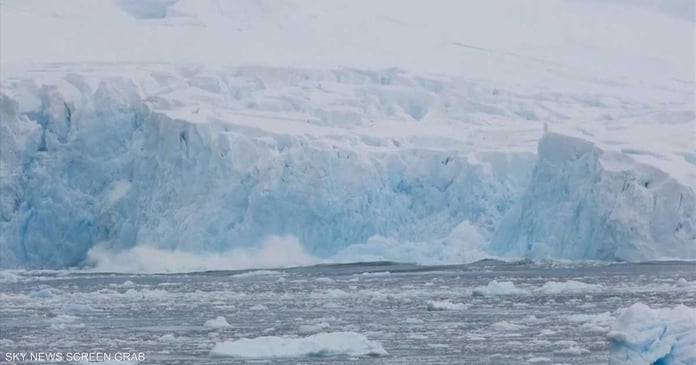By drilling into sediment cores hundreds of meters below the Antarctic seafloor, scientists have found that during previous periods of global warming, between 3 and 15 million years ago, layers loose sediments formed and slid down to send massive tsunamis rushing to the southern shores. America, New Zealand and Southeast Asia.
As climate change warms the oceans, scientists think it’s possible these tsunamis could trigger again, according to Live Science.
“Underwater landslides represent a significant geographical hazard that could lead to tsunamis that could result in massive human casualties,” said Jenny Gales, lecturer in marine surveying and ocean exploration at the University of Plymouth in Australia. United Kingdom, in a press release. our understanding of how global climate change is affecting the stability of these regions and the possibility of future tsunamis.”
Scientists first discovered evidence of ancient landslides off Antarctica in 2017 in the eastern Ross Sea.
Beneath these landslides are layers of fragile sediment crowded with fossilized marine organisms known as phytoplankton.
Scientists returned to the area in 2018 and drilled deep into the seabed to extract sediment cores, which are long, thin cylinders of the Earth’s crust that show, layer by layer, the region’s geological history.
By analyzing the sediment cores, the scientists learned that the weak sediment layers formed during two periods, one about 3 million years ago in the mid-warm Pliocene, and the other a is about 15 million years old under the Miocene climate.
At those times, the waters around Antarctica were 5.4 degrees Fahrenheit (3 degrees Celsius) warmer than today, triggering algal blooms that filled the seabed with rich, slippery sediment, making the area vulnerable to landslides.
“During cold climates and subsequent ice ages, these slippery layers were overlaid with thick layers of coarse gravel carried by glaciers and icebergs,” said Robert Mackay, director of the University of Victoria’s Center for Antarctic Research. of Wellington and Chief Scientist.
He added: “The same layers are still present on the outer continental shelf, so it’s about to see more of these slides happening, but the big question is whether the trigger for the events is still there.”
Read the Latest World News Today on The Eastern Herald.


